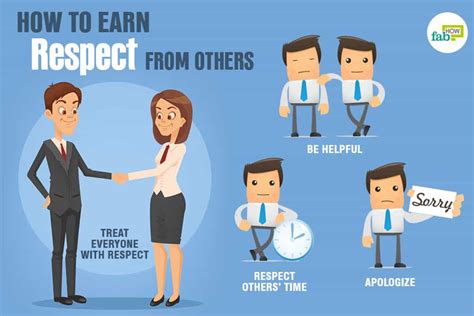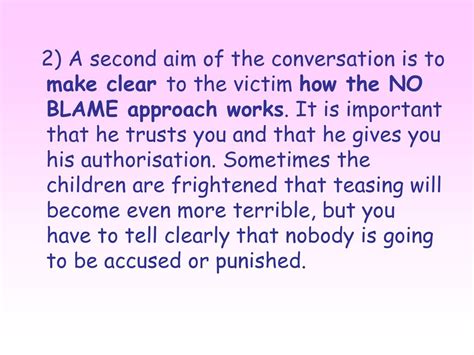In any meaningful relationship, there will inevitably be times when your needs aren’t met. It’s a natural part of human interaction. The challenge isn’t the existence of unmet needs, but rather how we choose to communicate them. Too often, frustration morphs into blame, leading to defensiveness, arguments, and ultimately, a breakdown in connection. Learning to voice your needs without blame is a powerful tool for building intimacy, fostering mutual respect, and resolving conflict constructively.
Understanding the Impact of Blame
Blame, at its core, is an accusation. When we say, ‘You never listen to me,’ or ‘You always leave me to do everything,’ we’re not only expressing our pain but also assigning fault. The immediate reaction to blame is almost always defensiveness. Your partner or friend is likely to shut down, retaliate, or justify their actions, rather than truly hearing your underlying need. This creates a cycle of negativity that erodes trust and makes genuine resolution impossible.
Instead of fostering understanding, blame creates a hostile environment where both parties feel attacked and misunderstood. It shifts the focus from the problem to the person, making it harder to work together towards a solution. Healthy relationships thrive on empathy and shared responsibility, neither of which can flourish under the shadow of blame.

The Foundation: Self-Reflection and “I” Statements
Before you can voice your needs to someone else, you must first understand them yourself. Take time to reflect on what precisely is bothering you. Is it a lack of attention, feeling unappreciated, or a need for more support? Pinpointing the specific unmet need, rather than just the frustrating symptom, is the first critical step.
Once you’ve identified your need, the next step is to frame it using “I” statements. This communication technique focuses on your feelings and experiences, rather than making assumptions or accusations about the other person’s intentions or character. “I” statements help you take ownership of your feelings and prevent the conversation from becoming an attack.
For example, instead of saying, “You never help around the house!” try, “I feel overwhelmed when the house is messy, and I’m the only one cleaning.” This shifts the focus from their perceived failing to your personal experience and emotional state.
Key Strategies for Blame-Free Communication
1. Identify Your Core Need
Go beyond the surface behavior. What is the deeper need that isn’t being met? Do you need more quality time, reassurance, practical help, or emotional support? Being clear about this yourself will help you articulate it clearly to your partner.
2. Choose the Right Time and Place
Bringing up a sensitive topic when one or both of you are stressed, tired, or in a hurry is a recipe for disaster. Choose a time when you are both calm, well-rested, and have dedicated time to talk without interruptions. A relaxed setting can significantly impact the outcome of the conversation.

3. Describe the Behavior and Its Impact (Without Judgment)
Focus on observable facts rather than interpretations. Describe what happened and how it made you feel, without assigning motives or making character judgments. For instance, instead of “You’re so inconsiderate for forgetting our anniversary,” try “When you forgot our anniversary, I felt deeply hurt and unimportant.”
This approach invites empathy and understanding, as it expresses your vulnerability rather than anger or accusation. It allows the other person to grasp the impact of their actions on you, which is often a more powerful motivator for change than blame.
4. Make a Clear, Positive Request
After explaining your feelings and the impact, clearly state what you need or what action you would like to see. Make your request specific, positive, and actionable. Instead of “Stop being so messy,” ask, “Would you be willing to help me by putting your dishes in the dishwasher after you eat?”
Frame your request in terms of what you do want, rather than what you don’t want. This gives the other person a clear path forward and makes it easier for them to respond positively.

5. Listen Actively and Empathize
Communication is a two-way street. After expressing your needs, be prepared to listen to the other person’s perspective without interrupting or formulating your next argument. Try to understand their feelings and what might have contributed to their actions.
Empathy doesn’t mean you agree with their behavior, but it shows that you value their feelings and are committed to finding a solution together. Acknowledging their perspective can de-escalate tension and open the door for mutual understanding.
Common Pitfalls to Avoid
Beware of generalizations (“always,” “never”), mind-reading (“You just don’t care about me”), or bringing up past unrelated grievances. These tactics divert attention from the current issue and make the other person feel overwhelmed and unfairly targeted.
Also, avoid using your feelings as a weapon or a way to manipulate. Your goal is to share your experience to foster understanding, not to guilt-trip or control. Stick to the present issue and focus on a resolution that works for both of you.

Practicing for Healthier Relationships
Voicing unmet needs without blame is a skill that takes practice, patience, and commitment. You won’t always get it right, and that’s okay. The key is to keep trying, to learn from each interaction, and to always approach your loved ones with an intention for connection and resolution, not conflict.
By consistently applying these strategies, you’ll not only strengthen your relationships but also develop a deeper understanding of yourself and others. This approach cultivates an environment of trust, respect, and open communication, allowing your relationships to flourish through honesty and mutual support.





